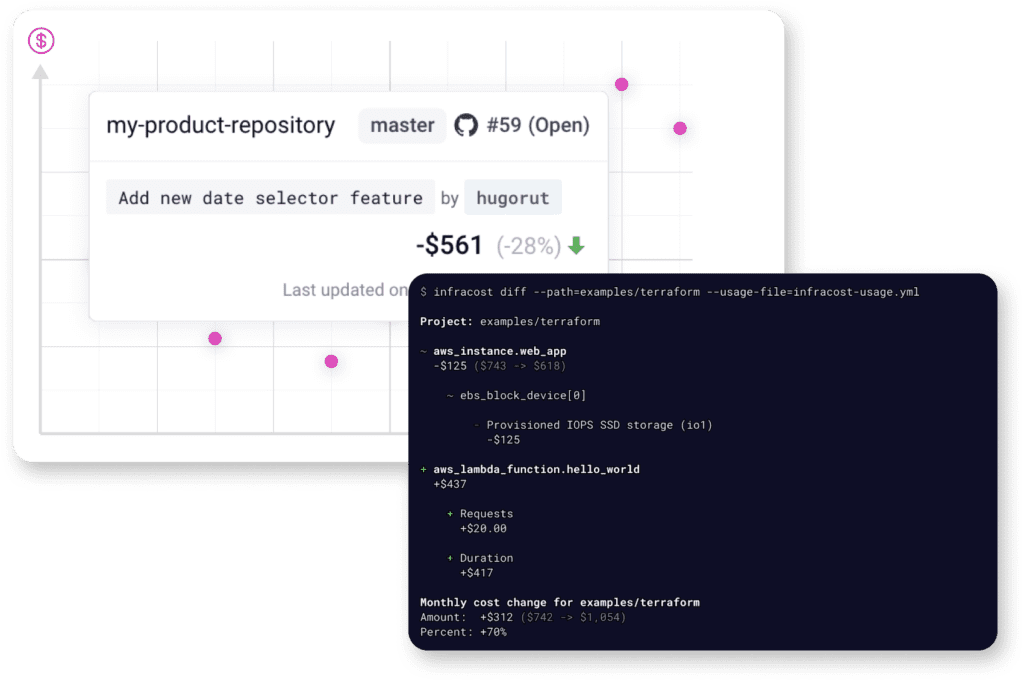Origins of CUR
As cloud adoption grew, organizations faced the challenge of managing and understanding their cloud expenses. With multiple services, regions, and potentially multiple accounts involved, there was a need for a granular and comprehensive report. Recognizing this, Cloud Service Providers introduced Cost and Usage Reports to help customers navigate and analyze their cloud expenditures more effectively.
Components of CUR
A typical Cost and Usage Report includes:
- Breakdown by Service: Shows costs associated with each specific cloud service, such as compute, storage, and data transfer.
- Account Information: Details expenses for individual user accounts or departments, aiding in internal cost allocations.
- Geographical Breakdown: Highlights spending based on regions or data centers.
- Usage Metrics: Provides data on the actual consumption of resources, helping correlate costs with utilization.
- Reserved Instances (RIs) Utilization and Coverage: Information about any reserved instances, their usage, and potential savings.
Benefits of CUR
Analyzing Cost and Usage Reports offers several advantages:
- Financial Optimization: By understanding where and how spending occurs, organizations can identify areas for cost-saving.
- Budget Forecasting: Historical usage and spending data allow for better future budgeting.
- Accountability: Enables departments or individual users to be held accountable for their cloud consumption.
- Operational Insights: Beyond costs, CUR can offer insights into operational efficiencies or inefficiencies based on resource utilization patterns.
Leveraging CUR for Savings
By regularly reviewing and acting upon the insights from CURs, businesses can identify underutilized resources, optimize reserved instance purchases, and better negotiate contracts or pricing with their CSP. Third-party tools and consultants can also assist in interpreting and making recommendations based on CUR data.
Conclusion
The Cost and Usage Report (CUR) is an invaluable tool for businesses aiming to harness the power of the cloud responsibly and cost-effectively. Regularly reviewing and acting upon the insights from these reports ensures that organizations can maximize the value they derive from their cloud investments.
Shifting FinOps Left 👈
Put cloud costs in engineering workflows, and see the cost of upcoming code changes before resources are launched.

